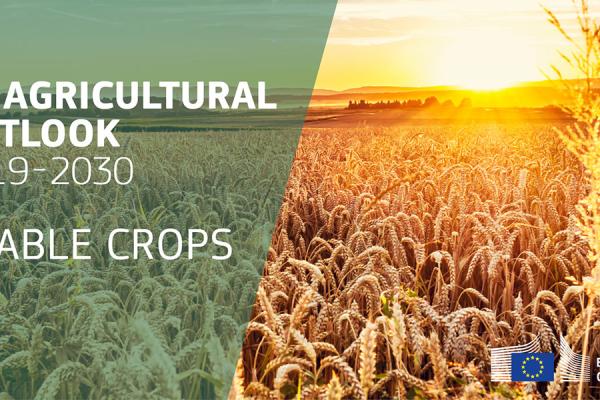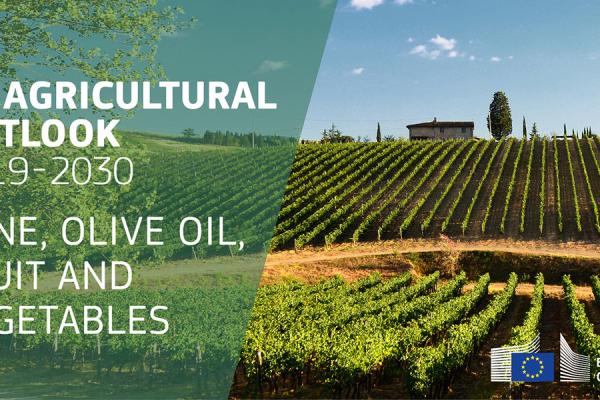
EU milk production is expected to grow, while EU and global demand for poultry will increase steadily over the outlook period. These are just a few of the projections for the milk and meat markets from the European Union agricultural outlook for 2019-30 report published on 10 December 2019 by the European Commission.
Milk and dairy products
Between 2019 and 2030, sustainability requirements will lead to a moderate EU milk production growth, reaching 179 million tonnes in 2030 (compared to 168 million tonnes in 2019). The sector will likely adapt its farming practices to increase yields while reducing the herd (expected by 1.4 million cows), enabling a reduction in emissions. Nonetheless, the EU is expected to remain the leading global supplier for dairy products.
A large share of EU milk production growth is expected to go towards cheese processing (24%) due to sustained global demand and increasing domestic industrial use. Cheese production is expected to grow from 10.8 million tonnes in 2019 to 11.5 million tonnes in 2030.
Drinking milk consumption in the EU is projected to decline in the medium term, while EU demand for butter could continue to rise. In response to this demand, EU butter production is projected to increase from 2.5 million tonnes to 2.7 million tonnes.
Meat
The recent outbreak of African swine fever is having a strong impact on the global meat market. In the short term, it will drive EU exports to China for all meats, and particularly for pork. This is expected to introduce uncertainties about the long-term global supply and trade patterns. In addition, with a lower availability of pork on the EU market, this could lead to changes in consumption habits.
Driven by societal demands, including social, ethical, health and environmental concerns, annual EU meat consumption is expected to decline by 1kg per capita, to reach 68.6 kg per capita in 2030. Consumption for the beef sector will drop from 10.8 kg per capita in 2019 to 10 kg per capita in 2030. This will be reflected in a projected decline of 9.4% in EU beef production over the outlook period, despite a slight increase in beef prices towards 2030. However, trade opportunities could lead to higher EU beef exports.
In contrast, the EU demand for poultry is projected to grow steadily between 2019 and 2030. EU production could reach 16.5 million tonnes by 2030, with an EU consumption at 26.6 kg per capita by 2030 and a continued strong global demand.
The increase in global demand for pork is expected to result in a short-term increase of EU pork production and higher prices. The latter could lead to a stronger decline in EU consumption than planned. However, when the Asian meat market recovers, EU production is expected to decline strongly, along with prices.
The EU agricultural outlook report for 2019-30 contains all relevant market data, accompanied by an explanation of assumptions, and a description of the macroeconomic environment. The projections and scenarios described in the report will be discussed at the annual EU agricultural conference, taking place in Brussels on 10-11 December 2019.
More information
Related links
EU milk and dairy sector policy information
Details
- Publication date
- 10 December 2019
- Author
- Directorate-General for Agriculture and Rural Development



